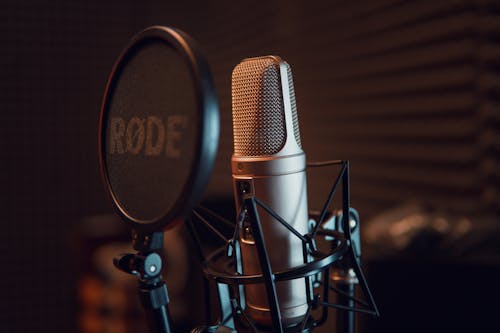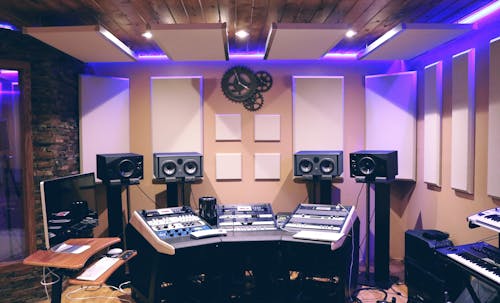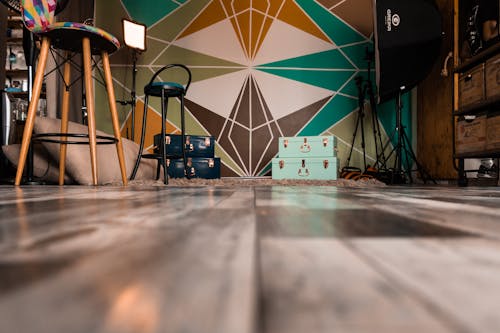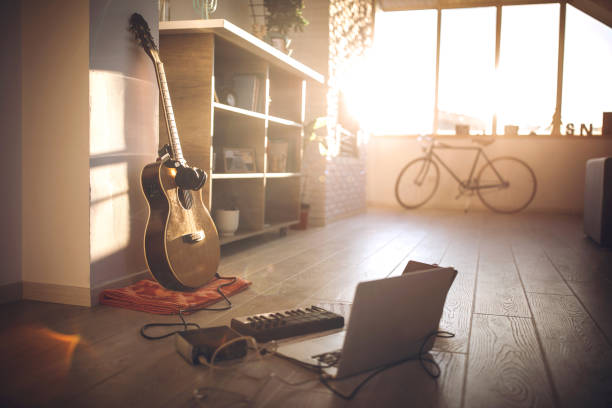Take advantage of the opportunity to create your ideal location when building a music room in your home. However, creating a music room out of an existing space is challenging for most people, and the room’s purpose will determine your music room’s location.
After choosing the room, you will decide if significant renovations, such as adding or removing walls or repainting the floor, are appropriate. Before you place furniture, choose additional lighting, or decorate a room, you will need to determine if the room needs soundproofing and how much.
Microphones for recording studios
Since music is acoustic, you need to assess where sound travels into and out of the room and find areas that need correction. To ensure the most effective possible acoustics inside your room, you should ensure that sound cannot enter or leave the room. You can do a few things to improve your music room’s acoustics by reducing noise with sound absorption.
The absorption of sound
By enhancing sound clarity, sound absorption techniques improve a room’s acoustics. You should use basic furnishings in your family’s music room to absorb some of the sounds that generally reverberate off rough surfaces. Tile, hardwood flooring, concrete, and glass windows and doors constitute sturdy surfaces.
- Muffle noise with area rugs placed over hardwood or tile floors. Sound is absorbed more efficiently by wool fibres than by synthetic yarns.
- Insulated curtains and honeycomb shades reduce sound reflections from the glass.
- You can also use plants as sound absorbers.
- The drapes should be long enough to cover the long walls.
- Basements are an excellent place to use acoustic ceiling tiles.
- Rather than wood styles like Mission, choose upholstered sofas and chairs.
Corners and sound diffusion
To reach your goals, you need balance. Too much sound absorption can be harmful and is known as acoustically dead when the sounds are muffled. The reflective sound generated by the glass and rough surfaces is not always best dealt with by sound absorption. The corners of rooms tend to generate meditative sounds.
Acoustic tiles, foam pads, carpets, or rugs may be installed, but if you are still experiencing acoustic problems, it may be the corners in your room. The bouncing of sound between adjacent walls creates the effect known as the “megaphone effect.”. The acoustic problem is often referred to as “standing waves” and can be heard as a “fluttering” sound.
- Bookcases or shelves can be used in a corner. Books should be diverse in size and height.
- Room dividers/screens made of fabric placed in a corner are also suitable for creating vignettes with floor plants.
- Walls can be covered with wallpaper.
- The corner should have an upholstered chair, a table, a lamp with a fabric shade, and fabric wall hangings.
Recording studio soundproofing
The more soundproofing you can use to keep the music in the room, the more you will be able to keep the noise out of the room. This includes the sounds of traffic, lawnmowers, and loud televisions.
- You can apply soundproofing products to your walls and ceilings, like isoTRAX, to further reduce sound transmission.
- Ensure the walls are soundproof by installing acoustic panels and foam.
- Instead of floating hardwood floors or carpet padding, install a vinyl barrier in the upstairs studio.
- Add insulated curtains to block the sounds further.
Any music room design should allow for self-expression. Consider the artistic style and personality of the musician when selecting a home music room design. You can read more about home music room ideas from experts on redfin. Also, take your passion for music to YouTube with Flintzy.com




